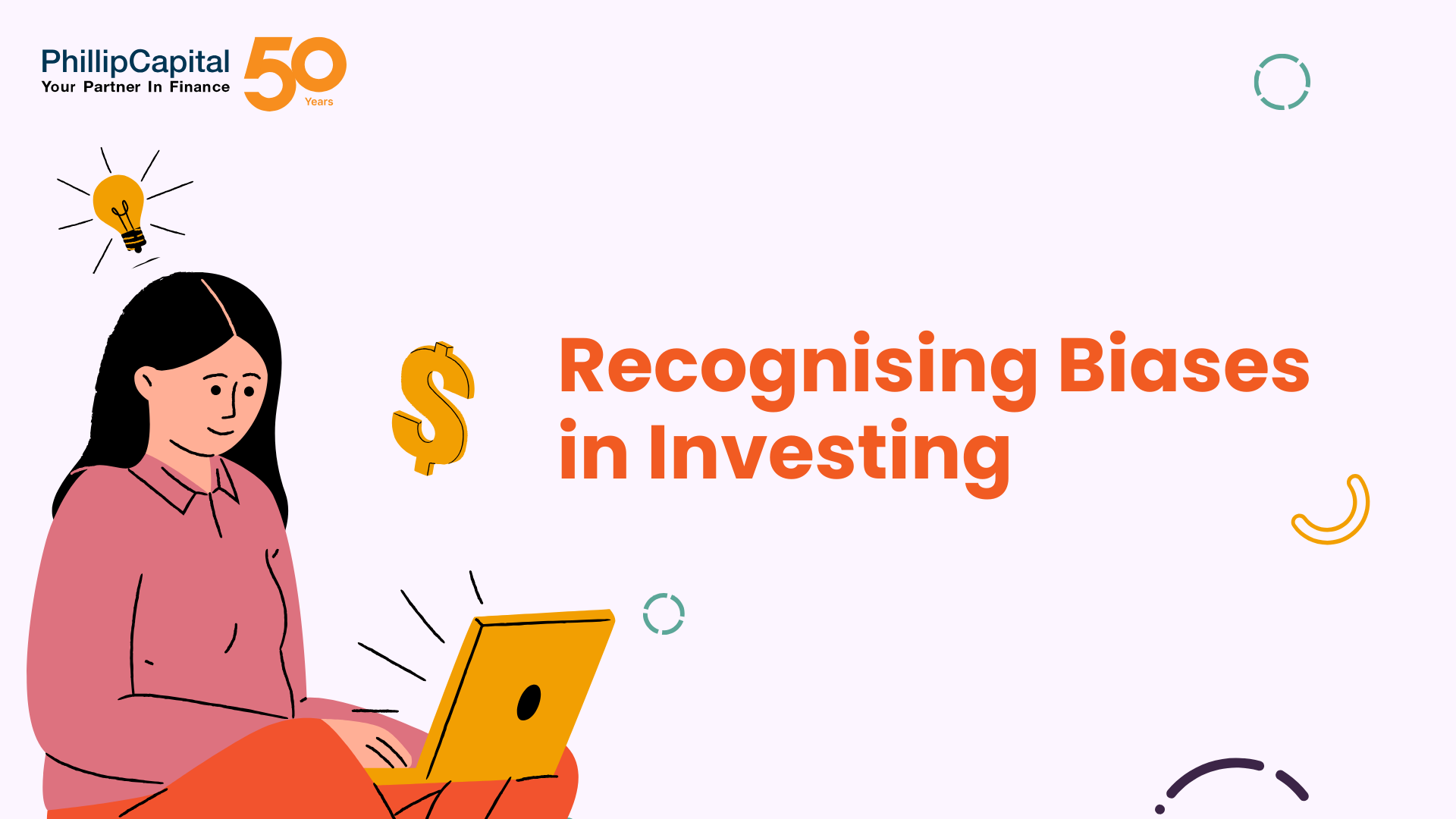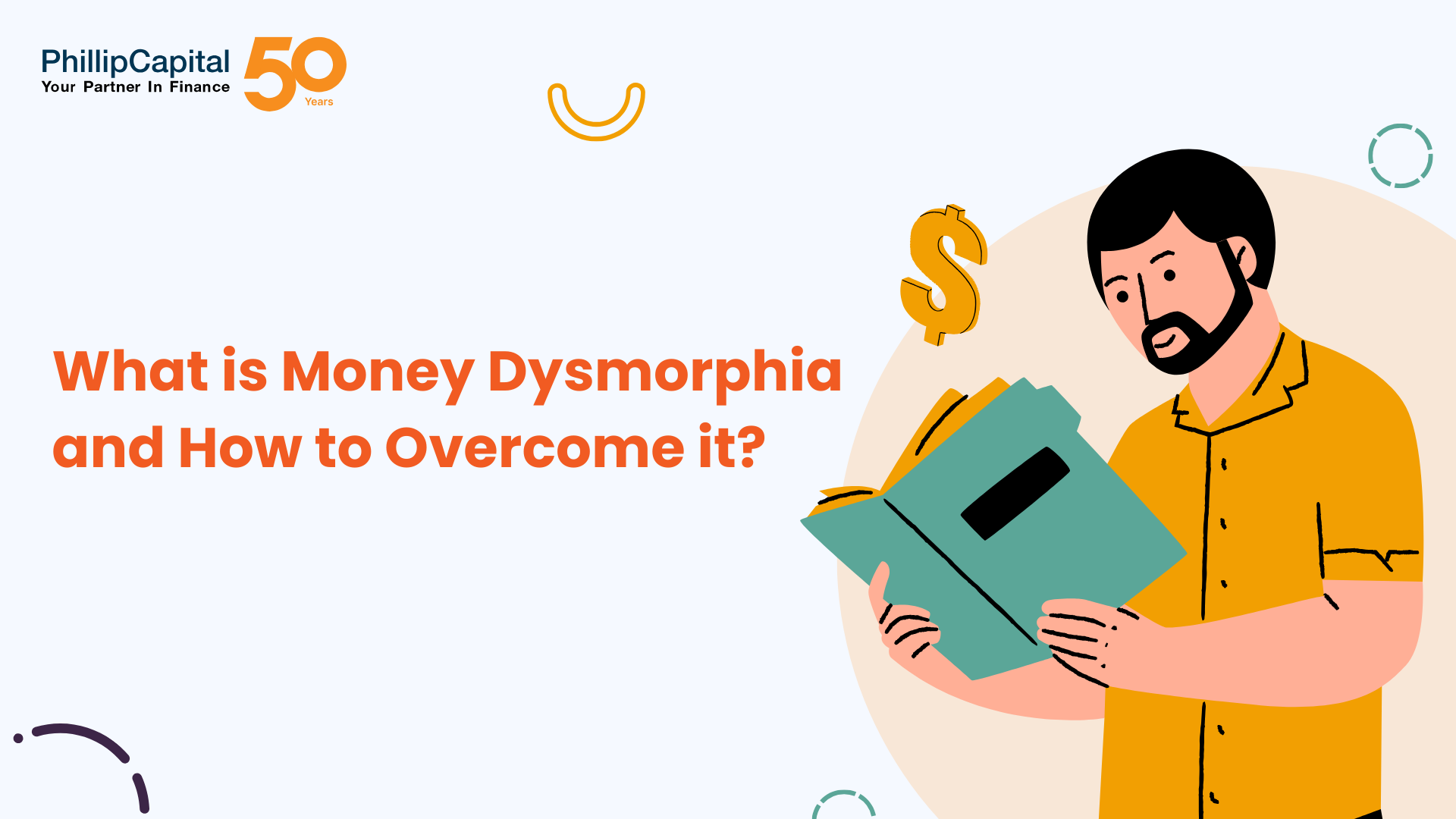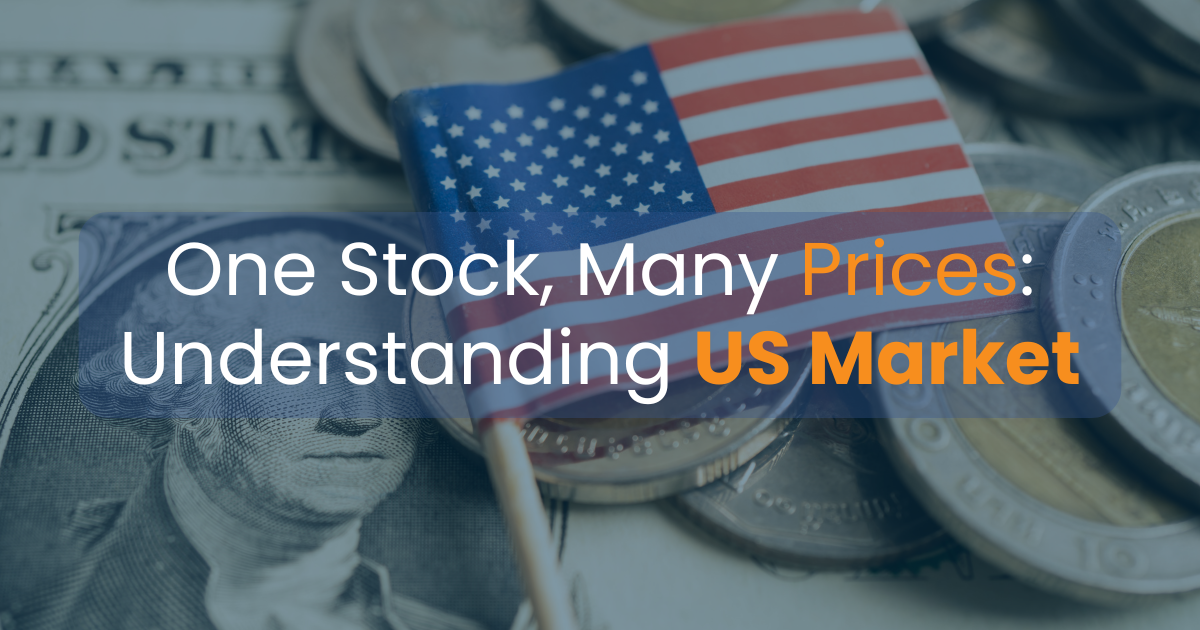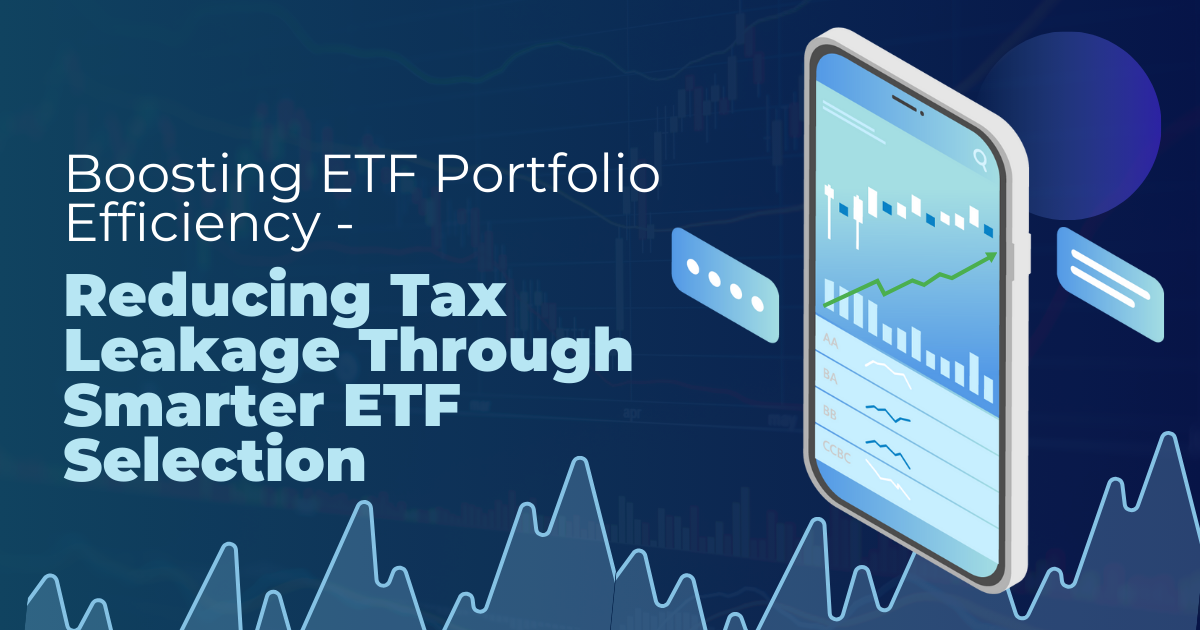Sector ETF
In the world of investing, a Sector Exchange-Traded Fund (ETF) offers a targeted approach to gaining exposure to specific industries. Unlike broad-market ETFs that encompass a wide range of stocks across various sectors, Sector ETFs concentrate on individual sectors of the economy, such as technology, healthcare, or energy. This allows investors to focus their investments on segments of the market, potentially benefiting from sector-specific trends and developments. By tracking a benchmark index related to a specific sector, Sector ETFs provide a way to invest in a focused area without needing to pick individual stocks, offering both diversification and the potential for targeted growth.
Table of Contents
What is a Sector ETF?
A Sector Exchange-Traded Fund (ETF) is a type of investment vehicle that brings capital from multiple investors to purchase stocks and securities from a specific industry or sector. Unlike broad-market ETFs, which aim to repeat the performance of a wide array of stocks across various sectors, sector ETFs focus on a particular segment of the economy. This allows investors to gain targeted exposure to industries such as technology, healthcare, energy, or consumer goods without needing to buy individual stocks.
Sector ETFs typically track a benchmark index that represents the performance of a specific sector. For instance, a technology sector ETF may aim to replicate the performance of an index composed of leading technology companies. The Global Industry Classification Standard (GICS) provides a framework for categorising sectors, which includes 11 primary sectors such as Financials, Consumer Discretionary, and Utilities.
Understanding Sector ETF
Sector ETFs are designed to allow investors to invest in specific segments of the market while benefiting from their diversification and liquidity characteristics. They offer several key features that make them attractive to investors. Firstly, they provide liquidity, as they are traded on stock exchanges, enabling investors to buy and sell shares at market prices throughout the trading day.
This high liquidity helps minimise tracking errors in relation to the underlying index. Secondly, sector ETFs are generally cost-effective, often having lower expense ratios in comparison to mutual funds, making them an affordable way to gain exposure to specific sectors. Additionally, they offer flexibility, allowing investors to employ various strategies, such as hedging against market downturns or speculating on sector performance.
Investors can also use them to implement a sector rotation strategy, shifting investments based on economic cycles. Finally, sector ETFs offer transparency, as most regularly disclose their holdings, giving investors a clear view of the underlying assets and enabling informed decision-making.
Types of Sector ETF
Sector ETFs can be classified based on the sectors they represent. The GICS divides the market into 11 sectors, each with its own characteristics and investment opportunities:
- Healthcare: Focuses on companies involved in pharmaceuticals, biotechnology, medical devices, and healthcare services.
- Consumer Discretionary: This category includes companies that sell non-essential goods and services, such as retail, automotive, and leisure.
- Consumer Staples: This category comprises companies that produce essential products, including food, beverages, and household items.
- Energy: Covers companies involved in the production and distribution of energy, including oil, gas, and renewable energy sources.
- Financials: Encompasses banks, insurance companies, and other financial institutions.
- Industrials: This category includes companies that manufacture goods used in construction and manufacturing, as well as transportation services.
- Materials: Focuses on companies that extract and process natural resources, such as metals and chemicals.
- Real Estate: Comprises real estate investment trusts (REITs) and companies involved in property management.
- Technology: This category includes companies that produce technology products and services, such as software, hardware, and IT services.
- Telecommunications: Focuses on companies that provide communication services, including mobile and internet services.
- Utilities: Comprises companies that provide essential services such as water, electricity, and gas.
Risks Associated with Sector ETF
While sector ETFs offer several advantages, they also come with specific risks that investors should consider:
- Market Risk: Like all investments, sector ETFs are subject to market fluctuations. The value of a sector ETF can rise or fall based on the performance of the underlying stocks within the sector.
- Sector Concentration Risk: Investing in a sector ETF can expose investors to higher volatility compared to diversified ETFs. If the sector underperforms, the ETF may experience significant losses.
- Foreign Exchange Risk: Fluctuations in foreign exchange rates can impact returns for sector ETFs that invest in international companies.
- Inflation Risk: Rising inflation can erode the purchasing power of returns, affecting the overall performance of the ETF.
- Liquidity Risk: Although sector ETFs are generally liquid, certain market conditions can reduce liquidity, making it challenging to buy or sell shares.
- Credit Risk: If companies within the sector face financial difficulties, it could negatively impact the ETF’s performance.
Examples of Sector ETF
A prime example of a sector ETF is the Vanguard Information Technology ETF (VGT), which provides exposure to the technology sector. VGT tracks the MSCI US Investable Market Information Technology 25/50 Index, a benchmark that measures the performance of large–, mid-, and small-cap technology stocks in the U.S.
As of May 2022, VGT held 352 stocks, with its top holdings including Apple Inc., Microsoft Corp., NVIDIA Corp., and Visa Inc. By investing in VGT, investors gain diversified exposure to a broad range of technology companies, including hardware, software, IT services, and semiconductor firms.
The fund’s low expense ratio of 0.10% makes it a cost-effective option for investors seeking exposure to the technology sector. VGT has delivered strong returns over the years, with a 10-year annualised return of 19.4% as of May 2022.
However, it’s important to note that sector ETFs like VGT can be more volatile than broad-market ETFs, as they are subject to the specific risks and performance of the technology sector. Investors should carefully consider their risk tolerance and investment goals before allocating a significant portion of their portfolio to a technology sector ETF.
Frequently Asked Questions
Sector ETFs focus on specific industries, providing concentrated exposure, while broad-market ETFs aim to replicate the performance of a diverse range of stocks across multiple sectors. This concentration can lead to higher volatility in sector ETFs compared to the more stable performance of broad-market ETFs.
Investing in sector ETFs offers several benefits, including targeted exposure to specific industries, lower expense ratios compared to mutual funds, liquidity for easy trading, and the ability to implement sector rotation strategies to capitalise on market trends.
When selecting a sector ETF, consider factors such as the ETF’s expense ratio, the underlying index it tracks, its historical performance, the number of holdings, and the overall market conditions affecting the sector.
Sector ETFs typically distribute dividends received from the underlying stocks to shareholders. These dividends can be reinvested or taken as cash, depending on the investor’s preference. The occurrence and number of dividends can vary depending on the performance of the underlying companies.
Sector rotation is an investment plan that involves shifting investments among different sectors based on economic cycles and market conditions. By using sector ETFs, investors can easily adjust their portfolios to capitalise on sectors expected to perform well during specific economic phases, thereby maximising returns and managing risk.
Related Terms
Most Popular Terms
Other Terms
- Floating Dividend Rate
- Flight to Quality
- Real Return
- Protective Put
- Perpetual Bond
- Option Adjusted Spread (OAS)
- Non-Diversifiable Risk
- Merger Arbitrage
- Liability-Driven Investment (LDI)
- Income Bonds
- Guaranteed Investment Contract (GIC)
- Flash Crash
- Equity Carve-Outs
- Cost of Equity
- Cost Basis
- Deferred Annuity
- Cash-on-Cash Return
- Earning Surprise
- Capital Adequacy Ratio (CAR)
- Bubble
- Beta Risk
- Bear Spread
- Asset Play
- Accrued Market Discount
- Ladder Strategy
- Junk Status
- Intrinsic Value of Stock
- Interest-Only Bonds (IO)
- Interest Coverage Ratio
- Inflation Hedge
- Industry Groups
- Incremental Yield
- Industrial Bonds
- Income Statement
- Holding Period Return
- Historical Volatility (HV)
- Hedge Effectiveness
- Flat Yield Curve
- Fallen Angel
- Exotic Options
- Execution Risk
- Exchange-Traded Notes
- Event-Driven Strategy
- Eurodollar Bonds
- Enhanced Index Fund
- Embedded Options
- EBITDA Margin
- Dynamic Asset Allocation
- Dual-Currency Bond
- Downside Capture Ratio
Know More about
Tools/Educational Resources
Markets Offered by POEMS
Read the Latest Market Journal

Recognising Biases in Investing and Tips to Avoid Them
Common biases like overconfidence, herd mentality, and loss aversion influence both risk assessment and decision-making....

What is Money Dysmorphia and How to Overcome it?
Money dysmorphia happens when the way you feel about your finances doesn’t match the reality...

The Employer’s Guide to Domestic Helper Insurance
Domestic Helper insurance may appear to be just another compliance task for employers in Singapore,...

One Stock, Many Prices: Understanding US Markets
Why Isn’t My Order Filled at the Price I See? Have you ever set a...

Why Every Investor Should Understand Put Selling
Introduction Options trading can seem complicated at first, but it offers investors flexible strategies to...

Mastering Stop-Loss Placement: A Guide to Profitability in Forex Trading
Effective stop-loss placement is a cornerstone of prudent risk management in forex trading. It’s not...

Boosting ETF Portfolio Efficiency: Reducing Tax Leakage Through Smarter ETF Selection
Introduction: Why Tax Efficiency Matters in Global ETF Investing Diversification is the foundation of a...

How to Build a Diversified Global ETF Portfolio
Introduction: Why Diversification Is Essential in 2025 In our June edition article (https://www.poems.com.sg/market-journal/the-complete-etf-playbook-for-singapore-investors-from-beginner-to-advanced-strategies/), we introduced...









